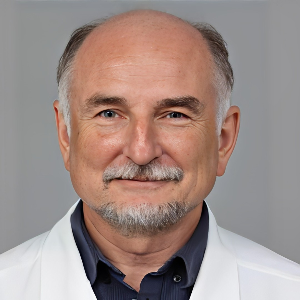- Immunotherapy and Vaccines
- Novel Vaccine Drug Delivery Systems
The term “vaccine” was coined by Louis Pasteur and derived from “Vacca”, meaning cow the term devised by Edward Jenner to denote cowpox. A vaccine is defined as a biological preparation that provides active acquired immunity to a particular disease and typically contains an agent that resembles a disease-causing microorganism and is often made from the exhaust or killed forms of the microbe, its toxins, or one of its surface proteins.
Vaccines have two major effects:
a) Vaccines protect individuals against disease.
b) If there are sufficient immune individuals in populations, the transmission of the infection is prevented. This is known as herd immunity.
Vaccine Design mainly includes the Production of vaccines and has several stages.
Firstly, the antigen itself is generated and Viruses are grown either on primary cells such as chicken eggs (e.g., for influenza), or on continuous cell lines such as cultured human cells (e.g., for hepatitis A). Bacteria are grown in bioreactors (e.g., haemophilic influenza type B).
Alternatively, a recombinant protein will be derived from the viruses or bacteria can be generated in yeast, bacteria, or cell cultures.
Strategies in vaccine design include:
- Manipulate Cytokine environment
- Use appropriate antigen-presenting cells
- Use immunogenic portions of the antigen
- Engineer the antigen to optimize immunity
- Make “self” more immunogenic.
Vaccine drug delivery system is the preparations given to patients to evoke immune responses that leading to the production of antibodies or cell-mediated responses that will help in combating infectious agents or non-infectious conditions such as malignancies.
The three categories of Vaccine delivery system include:
- Adjuvants and formulations
- Antigen vectors, including live attenuated micro-organisms and synthetic vectors
- Novel devices for vaccine administration.

Vladlen Slepak
University of Miami Miller School of Medicine, United States
Yong Xiao Wang
Albany Medical College, United States
Consolato M Sergi
Universities of Alberta and Ottawa, Canada



Title : The impact of metal-decorated polymeric nanodots on proton relaxivity
Paulo Cesar De Morais, Catholic University of Brasilia, Brazil
Title : Hepatotoxic botanicals-shadows of pearls
Consolato M Sergi, Universities of Alberta and Ottawa, Canada
Title : Exploring classical ayurvedic drugs in hypertension
Prashant Bhokardankar, Datta Meghe Ayurved College, India
Title : Principles and standards for managing healthcare transformation towards personalized, preventive, predictive, participative precision medicine ecosystems
Bernd Blobel, University of Regensburg, Germany
Title : Personalized and Precision Medicine (PPM) as a unique healthcare model based on design-inspired biotech- & biopharma-driven applications to secure the human healthcare and biosafety
Sergey Suchkov, N.D. Zelinskii Institute for Organic Chemistry of the Russian Academy of Sciences & InMedStar, Russian Federation
Title : Antibody proteases as translational tools of the next step generation to be applied for biopharmacy related and precision medical practice
Sergey Suchkov, N.D. Zelinskii Institute for Organic Chemistry of the Russian Academy of Sciences & InMedStar, Russian Federation
Title : Easily injectable, organic solvent free self assembled hydrogel platform for endoscope mediated gastrointestinal polypectomy
Hitasha Vithalani , IIT Gandhinagar, India
Title : Cognitivevoice: Novel machine learning model leveraging acoustic features to predict future cognitive decline in Parkinson’s Disease
Aadya Daga, Hamilton High School, United States
Title : Platelet-activating factor-receptor pathway mediates solar radiation-induced extracellular vesicle release in human keratinocytes
Ravi P Sahu, Wright State University, United States
Title : Assessment of cytocompatibility and subcutaneous host reaction to silk fibroin chitosan plugs for resorbable implant applications
Luis Jesus Villarreal Gomez, FCITEC - Universidad Autónoma de Baja California, Mexico